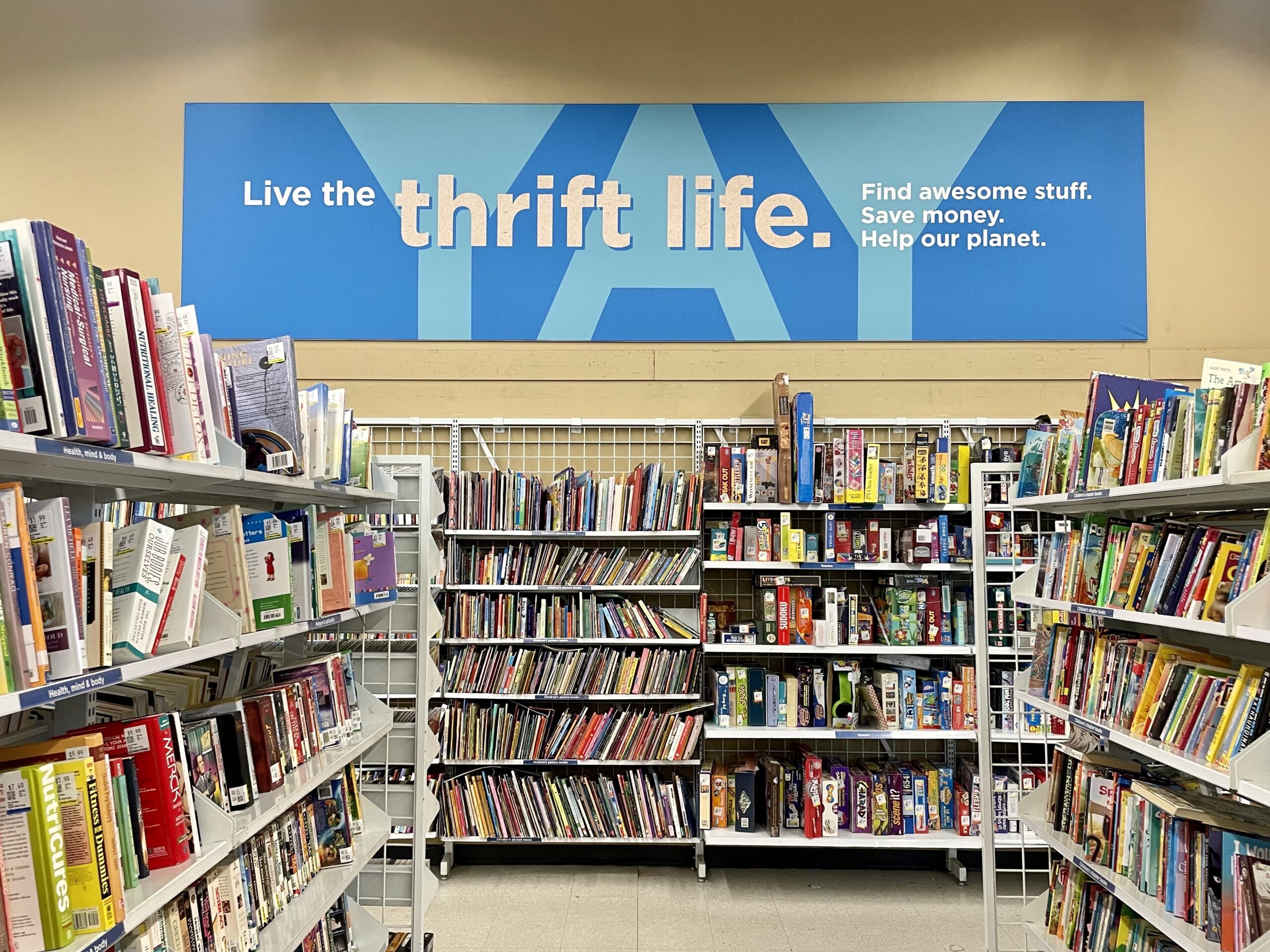Is thrifting really as sustainable as we think?
Despite secondhand shoppers’ best intentions, thrifting may cause more harm than good.
Thrifting has become an incredibly common trend for its affordability and environmental benefits. Between 2021 and 2023, the market increased in value from $138 billion to $211 billion, with the online thrifting market accounting for up to $20 billion. However, as the popularity of thrift shopping continues to increase, is it still as sustainable as shoppers believe?
One issue affecting the sustainability of thrifting is the rapid pace at which trends cycle. Because trends change so quickly, people buy far more than they need and wear only about 20% of their wardrobe at a time, in hopes of keeping up with these trends. However, once the trends change, last season’s items are forgotten, replaced by something else, and the cycle continues. These items tend to be from fast fashion brands, which make cheap clothing and sell it at a low cost to keep up with these ever-changing trends. Fast fashion brands damage the environment by mass-producing items from poor quality materials, as well as tend to rely on underpaid labourers, some of which include child labourers. These brands quickly populate thrift stores as shoppers donate their last season’s clothing when clearing up space for the next new “thing”. Due to such large amounts of donations, many do not end up being given a second life at thrift stores as only about half of all donations are actually put out for sale. The rest is sold to other stores or is thrown out, thus further contributing to the consumer’s carbon footprint.
Another rising issue with the popularity of thrifting, particularly with the popularity of finding vintage pieces while thrifting, are resellers. Resellers are people who go into a local thrift store and buy up all the good quality pieces for thrift store prices, only to resell them at an enormous profit. This defeats the purpose of thrift stores being a more affordable option and disadvantages those from low-income communities who shop at thrift stores by necessity. It can also result in increased spending on fast fashion brands due to their inexpensiveness, thereby continuing the unsustainable fast fashion trend cycles. Despite shoppers’ good intentions, the growing popularity of thrifting has resulted in increased demand in the secondhand shopping market and has seemingly negated the financial and environmental benefits on which thrifting prided itself. So, what is the solution?
Buying higher-quality clothing may be a start. Despite the higher costs, it pays off in the long run as the prices reflect the quality and the amount of wear time a piece actually has. Some suggest upcycling your current wardrobe with some cutting, sewing, and perhaps watching video tutorials. There are many ways to turn something you already own, but don’t wear, into a new staple. The main goal is to reduce the amount of spending on non-necessities to reduce the total amount of clothing being produced and thrown into landfills. It may be difficult, but it is sure to help better our environment, and your wallet!

